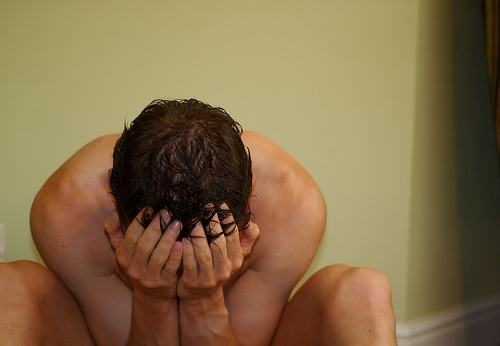“Did they ever meet?”
I got the question all the time. People would ask what I was working on, and I would say a book about Einstein and Freud, and then would come the question.
Same thing with my next book. People would ask what I was working on, and I would say a book about dark matter and dark energy. Figuring these words were more foreign than Einstein and Freud, I would add, “Maybe you’ve heard about this,” or, “I don’t know if you’re familiar with these terms.”
“So it’s like…black holes?”
“No,” I would say. “Scientists actually know what black holes are. But dark matter and dark energy are parts of the universe that are totally unlike anything else we’ve ever encountered. We know they’re there, and we know they make up 96 percent of the universe, but we don’t know what they are.”
A month later, maybe two, I would run into the same person at a party or on the street. And then, inevitably, would come the question: “Hey, how’s that book of yours going—the one on black holes?”

 I did a big run on Saturday morning. On Saturday afternoon, I stuffed my face, had a welcome beer after a
I did a big run on Saturday morning. On Saturday afternoon, I stuffed my face, had a welcome beer after a 

 Several superb posts on one of my favorite blogs,
Several superb posts on one of my favorite blogs, 

